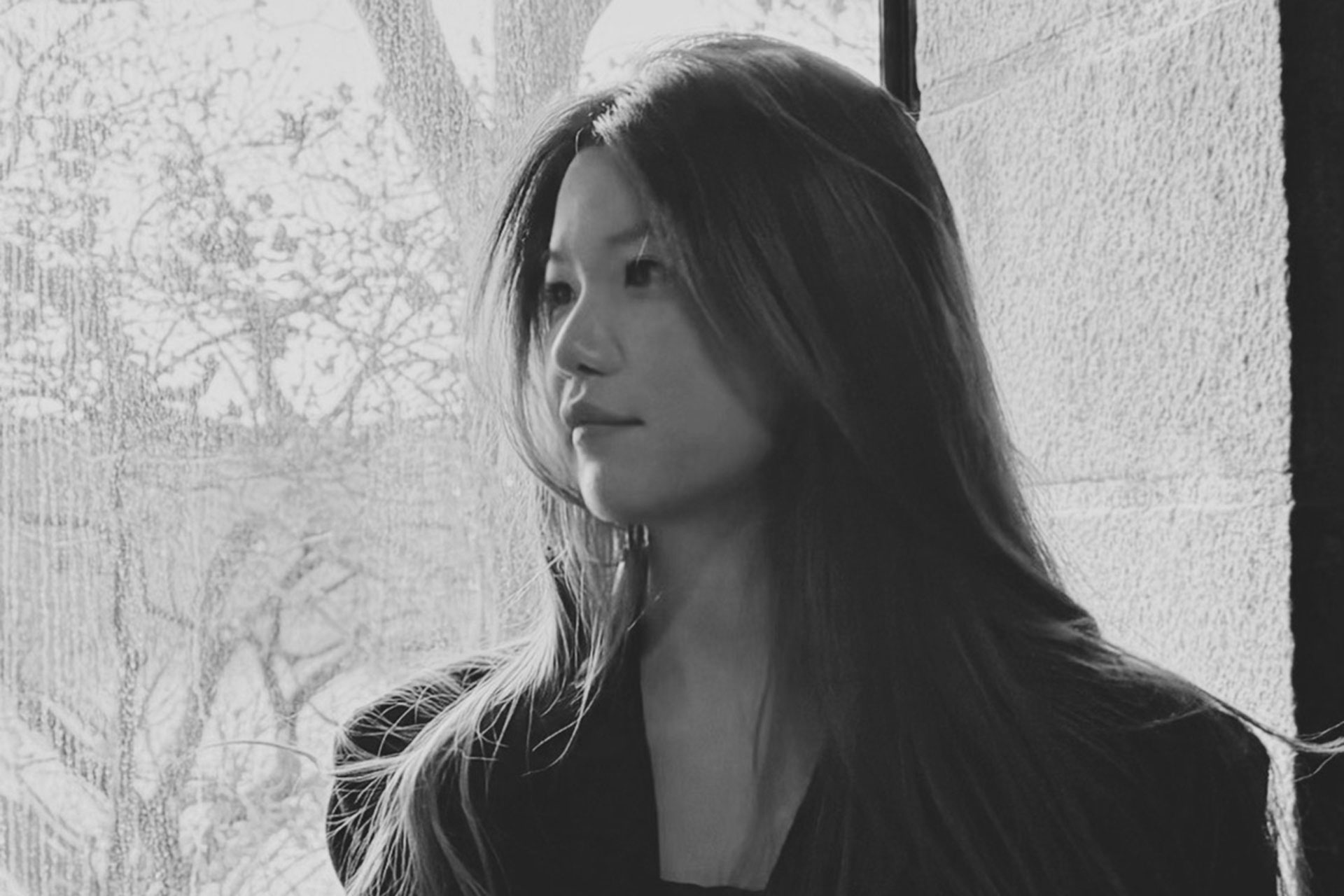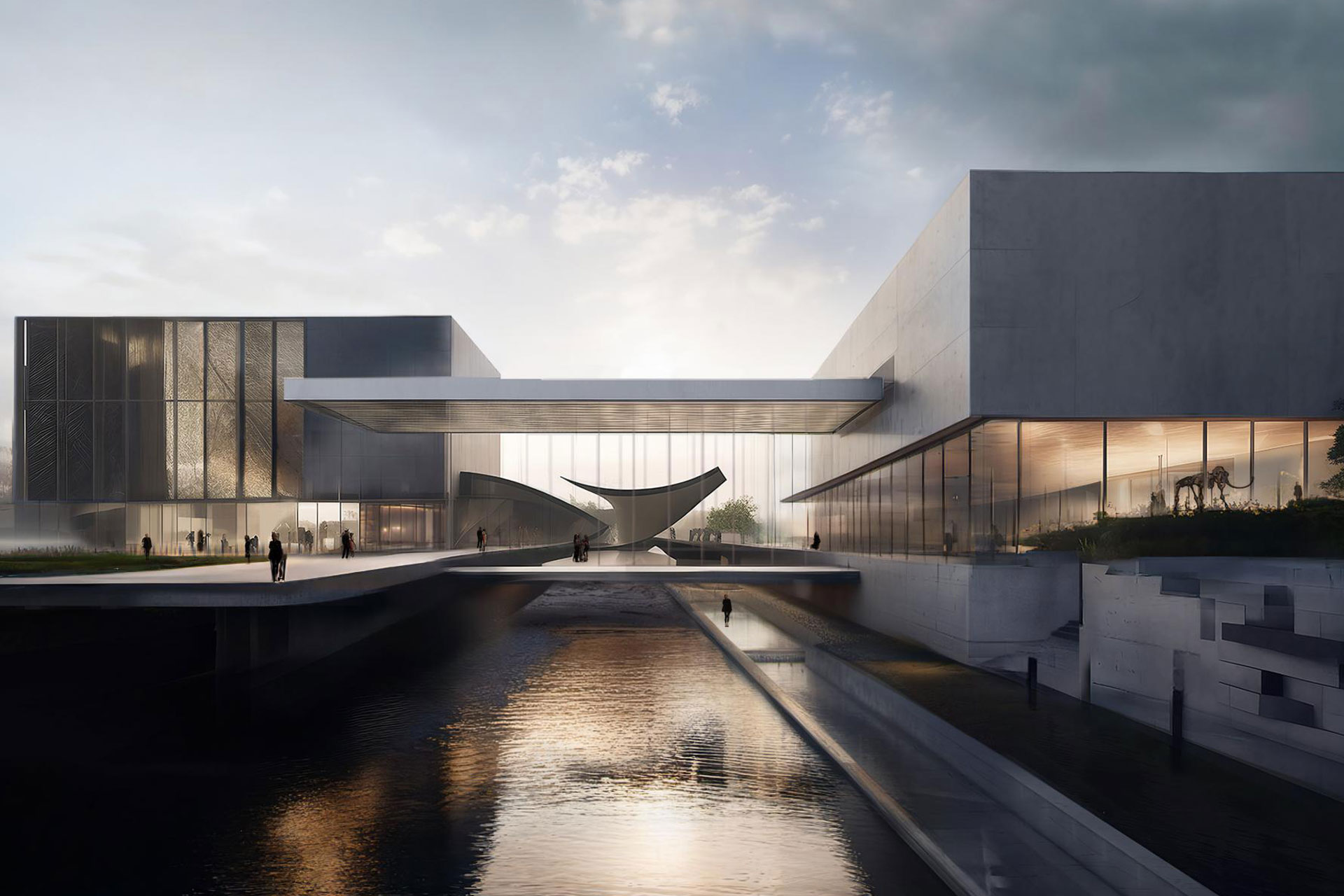Interview with Xuechen Chen of X.C Studio
Hi, I'm Xuechen Chen, an architect and designer based on New York. I was born in China and earned my B. ARCH degree from Pratt Institute. Following that, I pursued an M. Design degree at the University of Pennsylvania, delving into the theoretical and conceptual aspects of design.
My background has significantly influenced my perspective of a deep appreciation for the cultural and social dimensions of architecture. Drawing inspiration from diverse urban environments, I am particularly intrigued by urban relationships and the nuanced experiences within a its connection to its surroundings. This multidimensional background is the cornerstone of my design inspiration, blending technical expertise with a heartfelt commitment to cultural richness, social impact, and the intricate dynamics of urban life.
Becoming an architect and designer felt like the natural path for me since I was young. When I was growing up, I always had deep appreciation for art and witnessing the urban reconstruction process in China has strongly influenced my personal aspiration of becoming an architect. By witnessing the ignorance of the cultural and human aspects of the reconstruction, I recognized the power of creativity to extend beyond purely function or purely aesthetics.
It resonates deeply with our human experiences, emotions, and our connection to the urban landscape. Balancing both function and aesthetics in my designs, I aim to blend creativity with practicality, reflecting both the evolving urban relationship and my dedication to purposeful design.
Currently, I am an architect designer at Kohn Pedersen Fox (KPF), a renowned architectural firm, where my focus has been on diverse projects, particularly in the realm of mixed-use and high-rise developments. This experience has significantly enhanced my understanding of the nuanced relationships between architecture and urban contexts.
Additionally, I recently started my personal studio, X.C Studio, where we specialize in civic and culture projects. This venture allows me to channel my passion for architecture into a more personalized and specialized approach, focusing on projects that contribute to the civic and cultural fabric of our communities. This new endeavor represents a meaningful step in my career, enabling me to bring a distinctive vision to the forefront of architectural design.
I believe that good design prompts reflection on the intricate relationships between people and products, products and space, and space and the city. This interconnected chain forms a continuous influence, profoundly shaping various aspects of our lives.
It should demonstrate a profound understanding of cultural and social nuances, fostering inclusivity and connection. Additionally, I believe a successful design is measured by its capacity to evoke emotions, inspire contemplation, and positively shape how people interact with and perceive the world around them.
My design style is deeply rooted in cultural and urban considerations, aiming to create spaces that are both visually appealing and functionally efficient. I prioritize a fluid experience within my designs, promoting seamless movement and interaction.
Additionally, I integrate elements that reflect the cultural context of each project, whether through materials or spatial arrangements, to honor the heritage and identity of the place. This approach results in thoughtful, culturally sensitive designs that foster community, connection, and a sense of belonging for users.
My design philosophy centers on the exploration of scale, ranging from the human scale to that of the city and culture. I deeply consider the civic experience and functionality of spaces, viewing design as an endless exploration.
Architects must respond to these varied elements, and I believe architecture should serve as the intermediary for balancing these scales. Each decision is made with a profound understanding of how it affects the human experience within the context of the broader cityscape and cultural fabric.
Both of my projects focus on cultural design: one is a Local Museum, and the other is a multifunctional community center with a college sports field. "The Museum of Uncertainty" is a testament to my deep reverence for the site's rich history. From the inception of the project, there has been a steadfast dedication to preserving and elevating this unique location into an ever-evolving center for exploration.
Situated in the La Brea Tar Pits of Los Angeles, an area steeped in historical significance, this museum consists of three distinct structures crafted from wood and concrete. It seamlessly blends modern architecture with prehistoric elements, offering profound insights into the tar pits' history within its exhibition spaces. This design not only provides an immersive experience but also transforms the tar itself into a space for showcasing fossils and excavation, offering a reinterpretation of the potential stories from the tar pits' past.
As for the folding boat project, its inspiration is drawn from the site's unique topography, characterized by diverse slopes. This distinctive landscape provides an opportunity to emulate and enhance the site's features through the use of folding in the design. The folded elements not only mirror the site's topography but also contribute to the project's distinct aesthetic qualities.
For the “Museum of Uncertainty”, the main challenges were mainly around integrating diverse materials and crafts. Balancing the modern architectural elements with prehistoric components, such as showcasing fossils within the tar, required meticulous planning and collaboration.
Ensuring structural integrity while incorporating interactive and educational elements posed additional complexities. To overcome these challenges, I conducted significant research and consultations, adopting a multidisciplinary approach that involved collaboration in materials engineering, preservation, and interactive design.
I believe China stands out in the design industry due to its vast diversity in culture, topography, and geography. This diversity offers a myriad of opportunities for creativity and innovation. With more than 50 ethnic groups, each with its own traditions, customs, and artistic styles, Chinese design draws from a rich tapestry of influences.
Moreover, China's topography and geography vary dramatically, inspiring a wide range of design approaches. In addition, the country's rapid urbanization has also fueled a demand for innovative and sustainable design solutions. This blend of cultural heritage, varied landscapes, and evolving urban spaces creates a unique environment that fosters diversity and encourages creativity in the design industry.
In my life, I've been profoundly inspired by various artists and architects, including Chiharu Shiota, Zaha Hadid, Santiago Calatrava, Carlo Scarpa, and many others. They serve as my foundational inspiration, instilling in me the confidence to reimagine architecture, art, and philosophy in a unique and interconnected manner.
For me, these realms are never separate topics but deeply connected and intertranslatable, shaping my perspective and approach to creative expression.
Winning Entries
The Floating Boat | 2024
The Folding Boat stands on the shores of the Harlem River, a multifunctional project serving as a rowing sports hub for the community college, as…
(Read more at MUSE Design Awards)
Museum of Uncertainty | 2024
The La Brea Tar Pits have always been hubs of exploration and endless fascination. Our vision for the park and museum stems from a thorough…
(Read more at MUSE Design Awards)
Xuechen Chen
Xuechen Chen, who owns X.C Studio and works as an architect in New York, explores the intricate relationships of urban settings, channeling these insights into designs that reflect technical prowess and a dedication to cultural and social enrichment.
Read more about this interview with Chenbro Micom, the Platinum Winner of the 2023 MUSE Design Awards.





